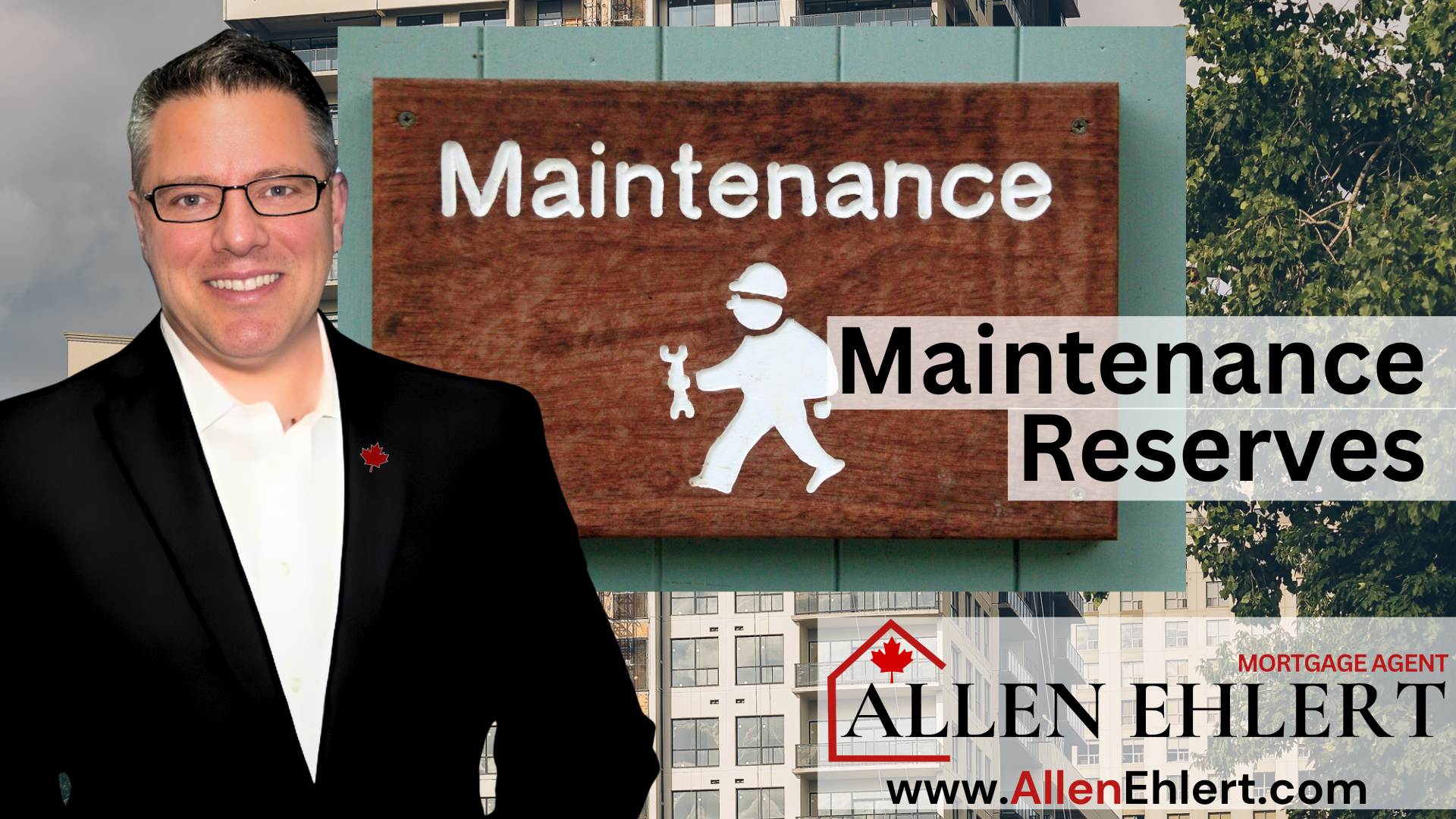“Behind Every Great Deal: Reports That Make or Break Commercial Mortgages
If you’ve ever gone through a commercial mortgage process, you know it’s a different beast entirely compared to residential lending. It’s not just about income and credit—it’s about the property itself. The lender wants to know everything: how it’s built, how it performs, what risks it carries, and whether it’ll stand the test of time (and tenants).
That’s where third-party reports come in. These are the professional assessments lenders rely on to make an informed lending decision—objective, detailed, and essential. They protect both the lender’s investment and your deal from costly surprises.
In this article, I’ll break down the main third-party reports used in Canadian commercial lending, why they matter, and how you, as a realtor or investor, can use this knowledge to move your deals faster and with fewer hiccups.
Topics I’ll Discuss
What Third-Party Reports Are and Why They Matter
The Environmental Site Assessment (ESA)
The Building Condition Assessment (BCA)
The Phase I and II Environmental Reports
The Geotechnical (Soils) Report
How Realtors and Clients Can Use This Knowledge
What Are Third-Party Reports
A third-party report is exactly what it sounds like—an independent, professional analysis prepared by a qualified expert outside of the buyer, seller, or lender.
These reports act as a set of eyes and ears for the lender. They help verify that the property’s value, condition, and risk profile align with what’s being represented in the loan application.
In other words:
“Trust, but verify.”
Lenders use these reports to manage risk, set loan terms, and sometimes to meet regulatory compliance requirements (especially for CMHC, credit unions, and institutional lenders).
The Appraisal Report
The Appraisal is the cornerstone of any commercial mortgage. It establishes the property’s market value, highest and best use, and market rent based on comparable sales, income, and cost approaches.
Who prepares it: A designated AACI appraiser (Accredited Appraiser Canadian Institute) prepares the report.
What’s in it:
- Site description, zoning, and legal status
- Market analysis of comparable properties
- Income and expense summaries
- Value estimates via income and direct comparison approaches
- Assumptions and limiting conditions
Why it’s critical:
It ensures the lender’s loan-to-value (LTV) ratio is appropriate. Without a valid, credible appraisal, the lender can’t confirm if the property supports the requested loan amount.
The Environmental Site Assessment (ESA)
Environmental risk is one of a lender’s biggest concerns. A contaminated site can wipe out collateral value overnight.
Who prepares it: A qualified environmental engineer or consulting firm with experience in ESA standards (CSA Z768-01).
What’s in it:
- Site history and land use review
- Aerial photos and historical maps
- Site inspection and interviews
- Database search for spills, tanks, or contamination
- Recommendations for further study if contamination is suspected
Why it’s critical:
It protects the lender (and you) from inheriting costly cleanup liabilities under federal and provincial environmental laws.
The Building Condition Assessment (BCA)
The BCA, sometimes called a Property Condition Report (PCR), evaluates the physical condition of the building and its major systems.
Who prepares it: A professional engineer or architect, often from a building science or structural engineering firm.
What’s in it:
- Review of structure, roof, HVAC, electrical, plumbing, and envelope
- Maintenance history
- Estimated remaining life of major systems
- Cost estimates for repairs or replacements
Why it’s critical:
It helps the lender (and borrower) understand capital expenditure needs—what’s coming due in 1 year, 5 years, or 10 years. This often drives reserve requirements and affects underwriting.
Phase I and II Environmental Reports
A Phase I ESA is the first step—an environmental “check-up.” If red flags appear (like an old gas station next door), the lender may require a Phase II ESA, which involves soil and groundwater testing.
Who prepares it: Environmental engineers with specialized testing credentials.
What’s in it:
- Phase I: Desktop and visual review
- Phase II: On-site drilling, soil sampling, lab analysis, and contamination delineation
Why it’s critical:
Phase II confirms whether contamination exists and, if so, what remediation may be required. A lender won’t advance funds until the environmental risk is understood and quantified.
The Cost Consultant Report
This report is primarily used in construction or development financing.
Who prepares it: A qualified cost consultant or quantity surveyor (QS).
What’s in it:
- Detailed breakdown of construction costs
- Budget review and verification
- Schedule analysis
- Progress draw certifications
Why it’s critical:
It ensures that the construction budget is realistic, that funds are being used appropriately, and that the project remains on track. Lenders rely on it to manage disbursements during construction.
The Geotechnical (Soils) Report
The geotechnical report examines the soil composition and bearing capacity of the land—critical for developments, additions, or heavy structures.
Who prepares it: A geotechnical engineering firm.
What’s in it:
- Borehole drilling and soil sampling
- Analysis of groundwater conditions
- Recommendations for foundation design and load-bearing
Why it’s critical:
It prevents structural surprises like settlement or cracking. A lender won’t finance construction without knowing the ground can support the project.
The Traffic Impact Study
Used primarily for retail, mixed-use, or large-scale developments, this study evaluates how a project will affect surrounding roadways and intersections.
Who prepares it: A transportation engineer or traffic consultant.
What’s in it:
- Traffic counts and flow analysis
- Trip generation projections
- Recommendations for road upgrades or signals
Why it’s critical:
Municipalities require it for site plan approval, and lenders review it to ensure there are no costly off-site infrastructure surprises.
The Archaeological Report
When a site has potential historical or cultural significance, an archeological assessment ensures development won’t disturb protected artifacts or burial sites.
Who prepares it: A licensed archeologist under provincial heritage legislation.
What’s in it:
- Review of historical records
- Site fieldwork and excavation if needed
- Findings and preservation recommendations
Why it’s critical:
It’s often a municipal or provincial requirement for permit approval. For lenders, it confirms the project’s timeline and viability won’t be derailed by unforeseen heritage restrictions.
Summary Table: Key Reports at a Glance
| Report | Purpose | Prepared By |
| Appraisal Report | Determines property’s market value | AACI-designated appraiser |
| Environmental Site Assessment (Phase I) | Identifies potential contamination risks | Environmental engineer |
| Phase II ESA | Confirms contamination through soil/water testing | Environmental engineer |
| Building Condition Assessment (BCA) | Evaluates physical state and capital needs | Building engineer or architect |
| Cost Consultant Report | Verifies construction budgets and progress | Quantity surveyor or cost consultant |
| Geotechnical (Soils) Report | Tests soil strength and foundation stability | Geotechnical engineer |
| Traffic Impact Study | Analyzes traffic flow and municipal impact | Traffic/transportation engineer |
| Archeological Report | Ensures compliance with heritage laws | Licensed archeologist |
How Realtors and Clients Can Use This Knowledge
If you’re a realtor, this knowledge can:
- Help you anticipate lender requirements and prep clients early.
- Avoid deal delays by ordering reports upfront.
- Build credibility when guiding buyers through due diligence.
If you’re an investor or developer, understanding these reports helps you:
- Budget accurately for due diligence costs.
- Detect red flags early (like soil or environmental issues).
- Negotiate more effectively with lenders and partners.
For example, I once worked with a developer in Pickering who secured a prime mixed-use site—but the lender flagged missing environmental and cost consultant reports. Once we ordered them, they revealed an outdated oil tank and underestimated construction cost escalation. Because we caught it early, we adjusted the financing structure before closing instead of after. That’s how knowledge saves deals.
Allen’s Final Thoughts
Third-party reports might seem like bureaucratic hurdles at first, but in reality, they’re your deal insurance. They protect you, your lender, and your project from hidden risks that could turn a great investment into a financial nightmare.
The smartest real estate professionals know these reports aren’t just paperwork—they’re decision tools. They tell you what’s real, what’s risky, and what’s worth it.
As your mortgage agent, I’m here to guide you through the maze of commercial underwriting. I’ll help you identify which reports are required, connect you with trusted professionals who deliver them efficiently, and ensure your lender gets exactly what they need to fund your deal smoothly.
Because in commercial real estate, information is power—and the right reports give you all the power you need to close with confidence.












